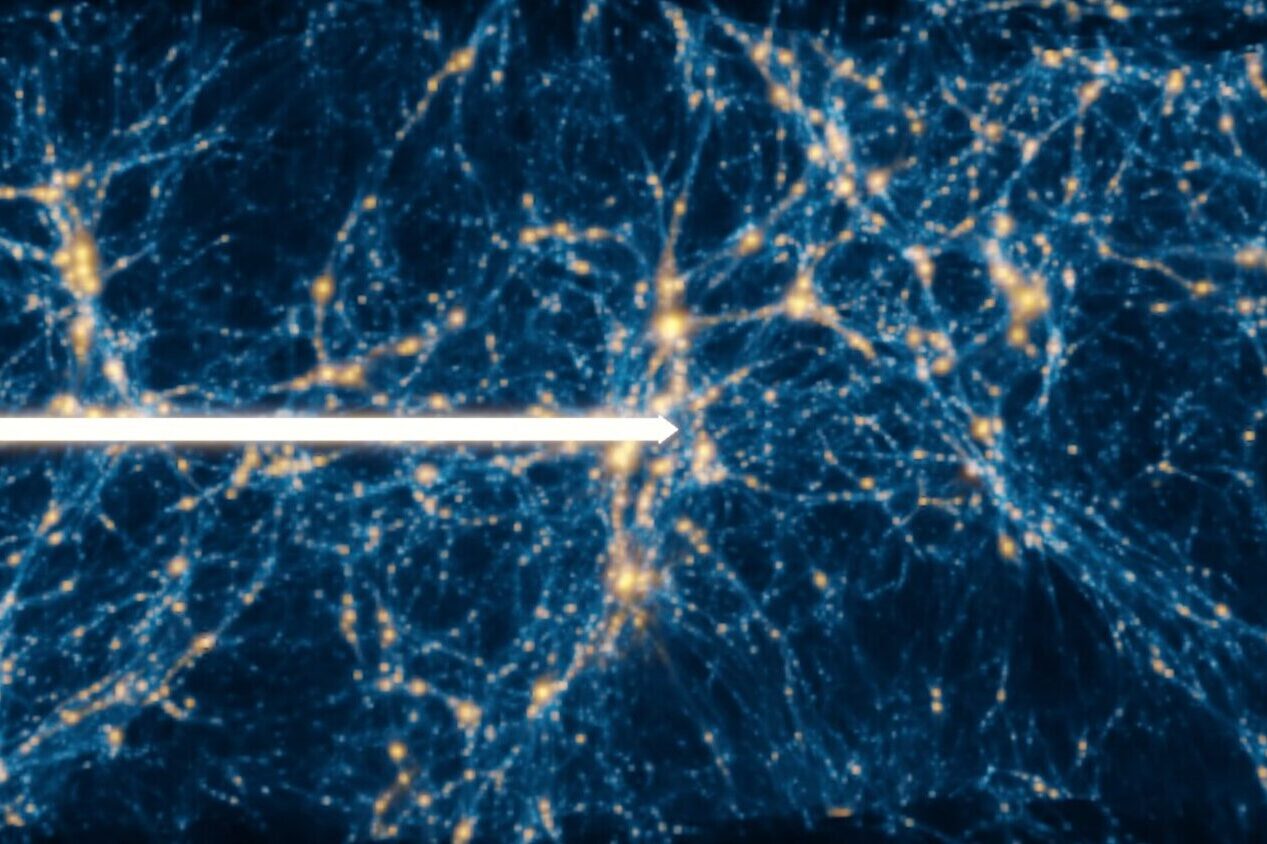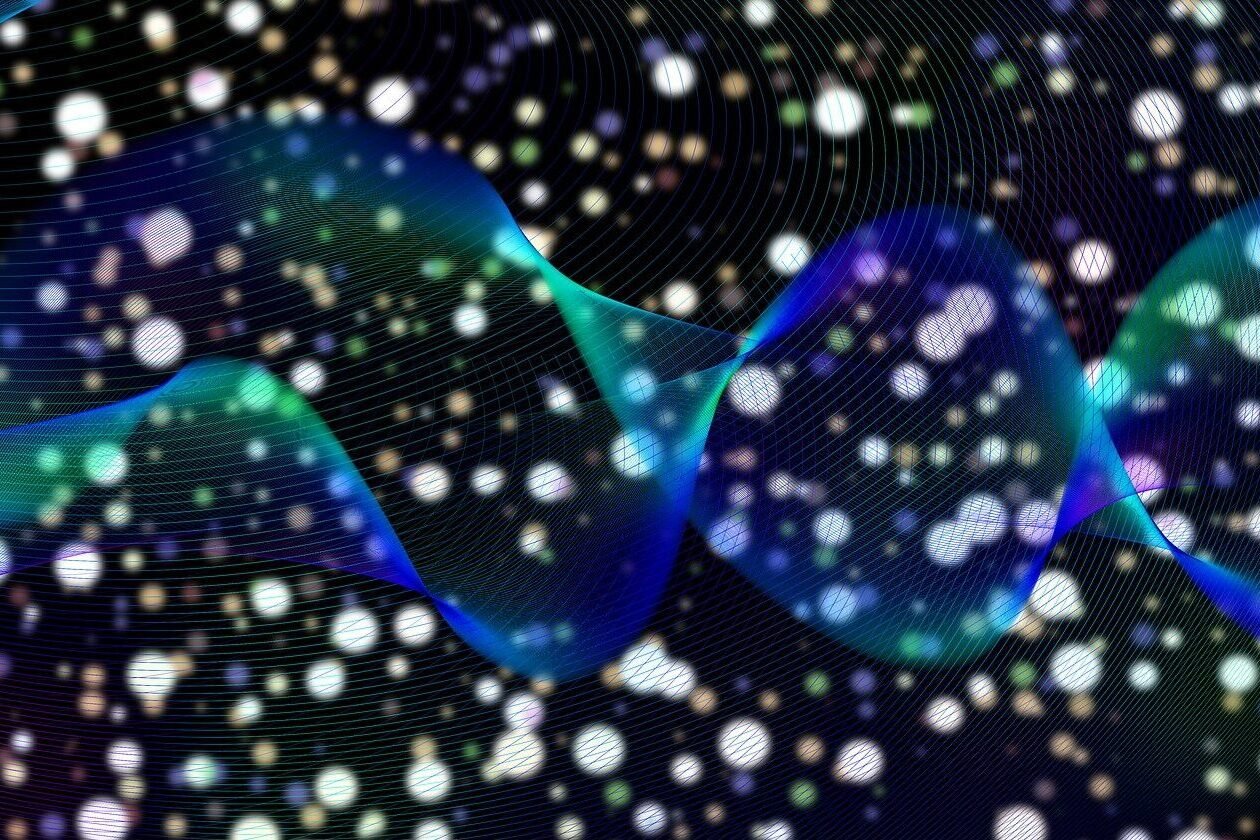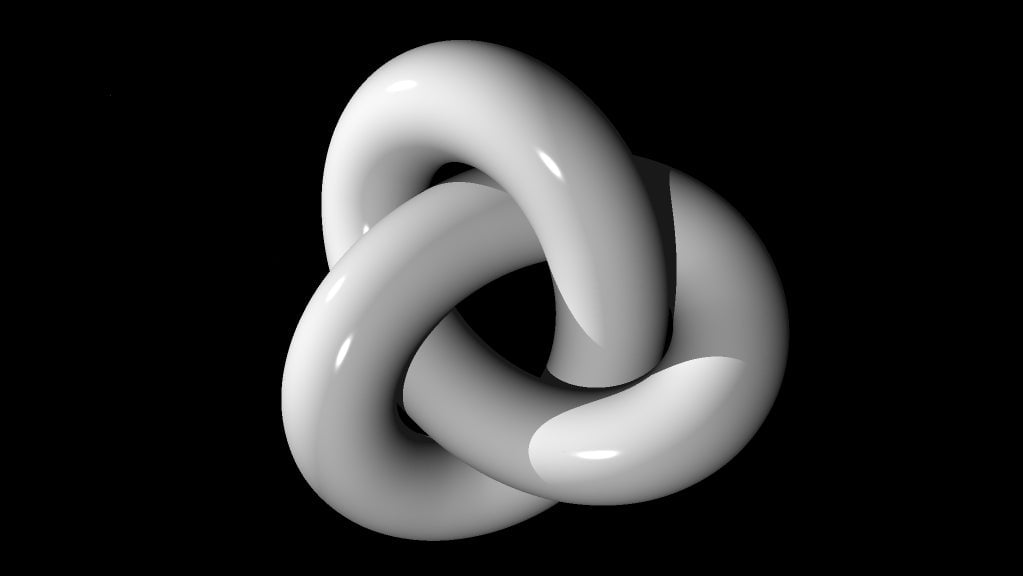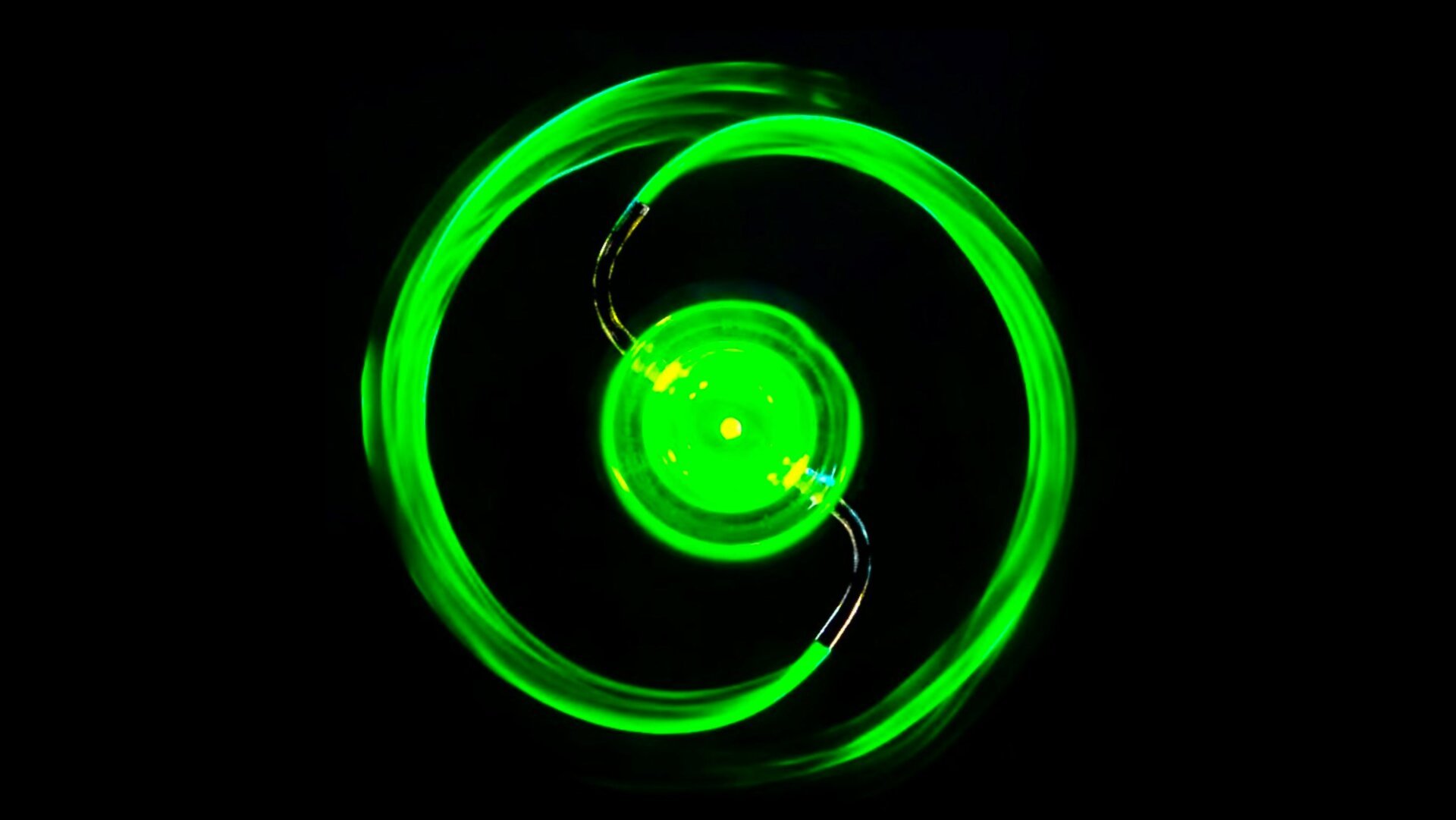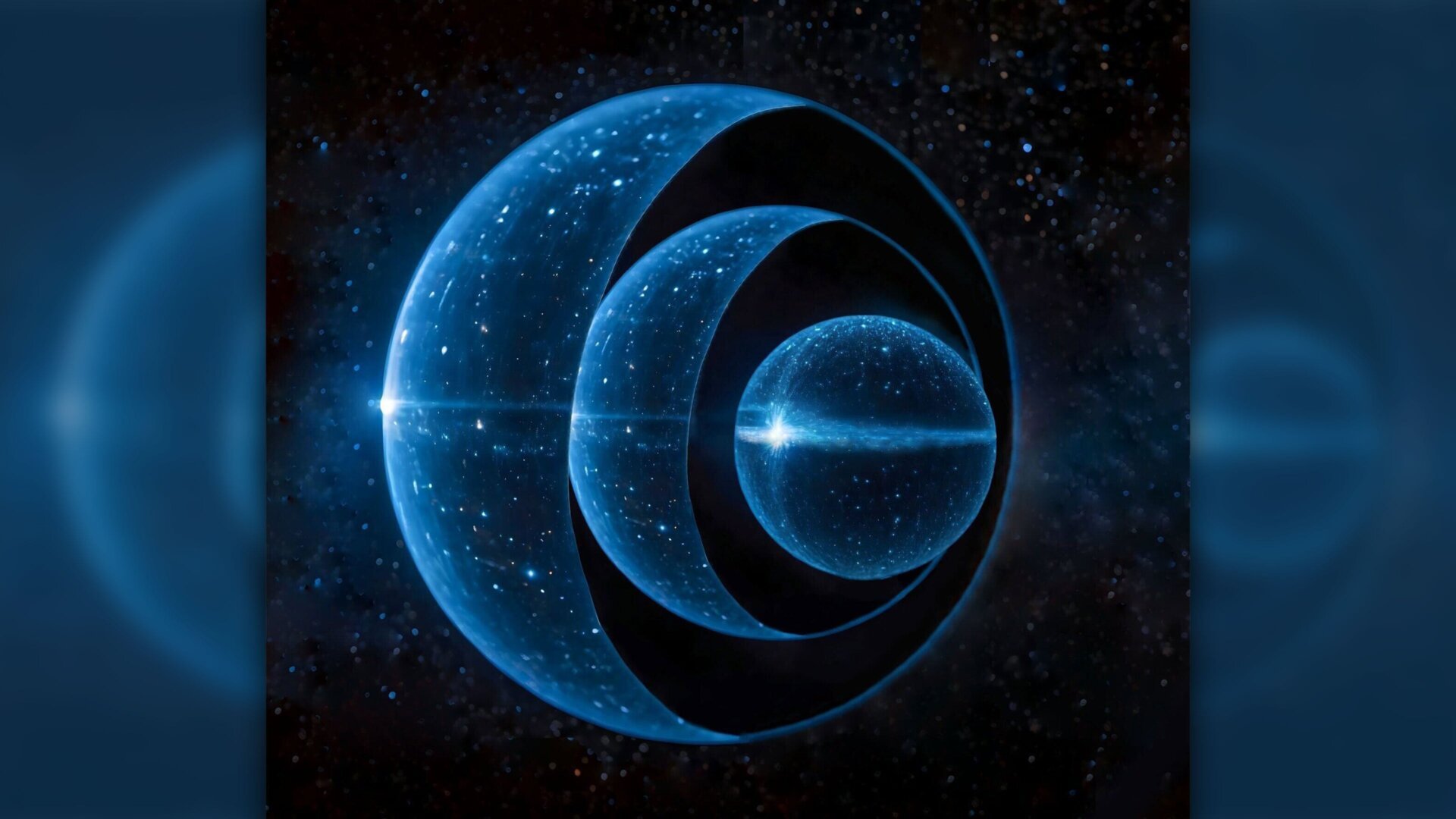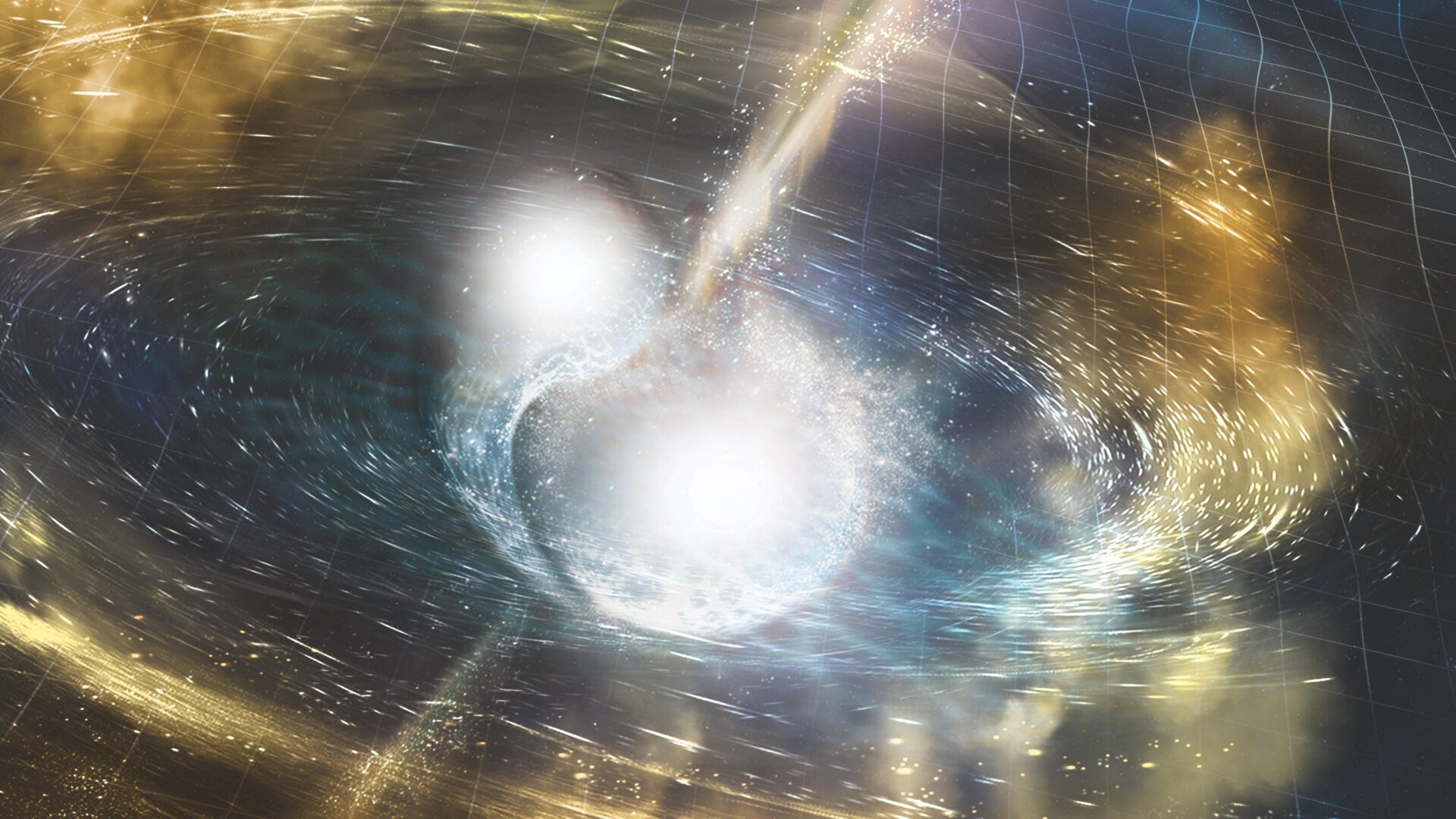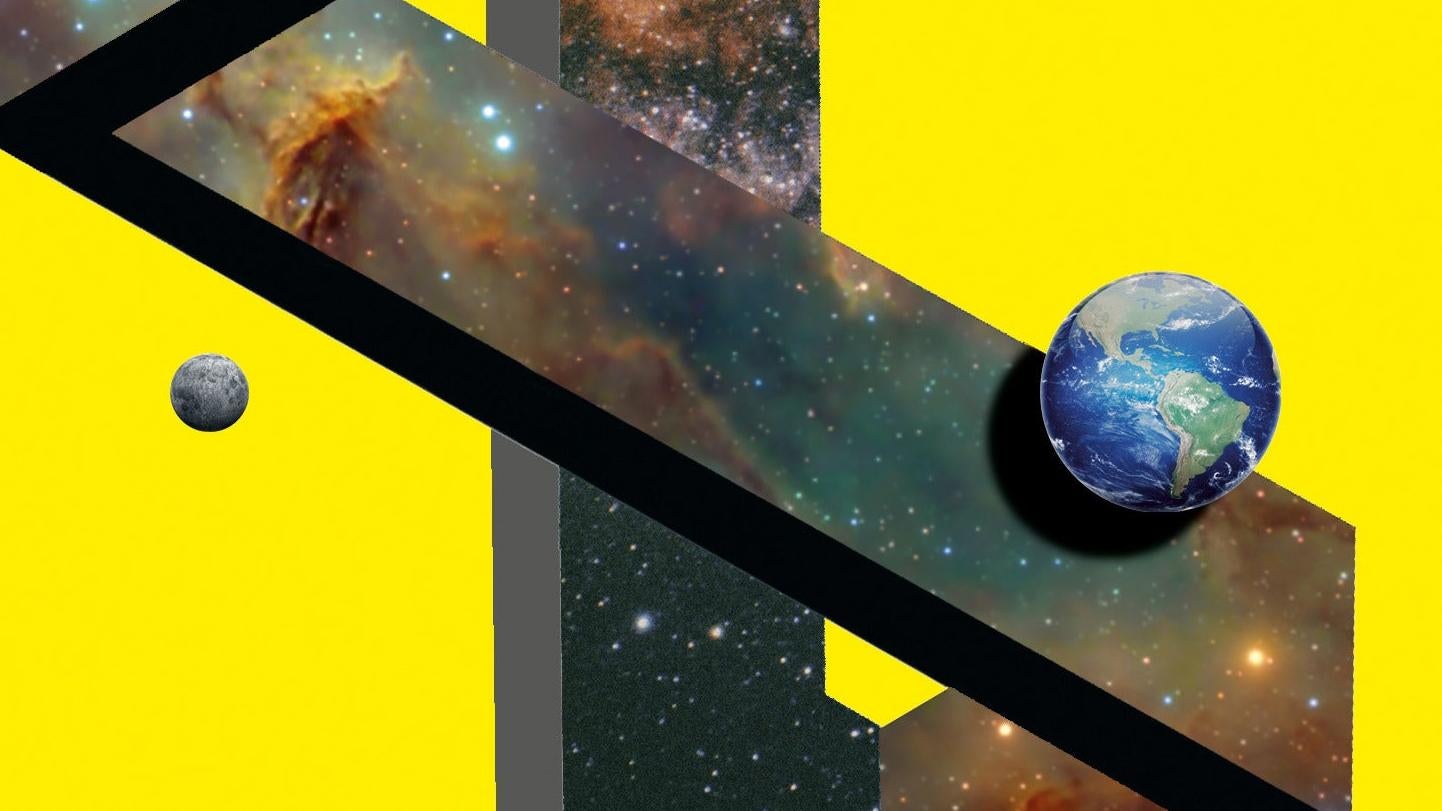The cosmos continues to baffle scientists, and a recent study utilizing supercomputer simulations has solidified the existence of a perplexing discrepancy between our observations of the universe and the theoretical predictions of its structure. This research, published in the Journal of Cosmology and Astroparticle Physics, leverages advanced simulations to refine our understanding of cosmological parameters and the universe’s evolution.
The research team employed PRIYA, a suite of simulations that processes optical light data from two distinct surveys. By analyzing spectrograms, images depicting hydrogen emission lines across the universe, they gained insights into the Lyman-Alpha forest. This “forest” manifests as a dense collection of absorption lines in the spectra of quasars, which are incredibly luminous celestial objects.
According to Simeon Bird, a physicist at UC Riverside and co-author of the study, the spectrograms reveal missing frequencies that correspond to the “atoms and molecules the light has encountered along its journey.” Because different atoms absorb light uniquely, leaving distinct signatures within the spectrograms, scientists can identify their presence, particularly that of hydrogen, the most prevalent element in the universe.
Dark Matter’s Role in the Cosmic Puzzle
Dark matter, the elusive substance comprising approximately 27% of the universe’s content, plays a crucial role in this cosmic puzzle. Although never directly observed, its gravitational influence provides compelling evidence for its existence. Instruments like the Euclid Space Telescope are actively gathering data that may finally shed light on the composition of this dark universe.
Concurrently, ground-based instruments like the DM Radio project are progressively narrowing down the potential mass range of particles that could constitute dark matter. Leading candidates include Weakly Interacting Massive Particles (WIMPs), axions, and hidden (or dark) photons.
Mapping Dark Matter and Unveiling Discrepancies
Mapping the distribution of dark matter across the universe is essential for assessing the alignment between theoretical models and observational data. In this study, the Lyman-Alpha Forest served as a guide, revealing the locations of dark matter concentrations. As Bird explains, “Dark matter gravitates, creating a gravitational potential. Hydrogen gas falls into this potential, allowing us to use it as a tracer of the dark matter.”
Potential Explanations for the Discrepancy
The research team utilizes their model not only to track dark matter distribution but also to investigate the discrepancies between observed cosmic structure and theoretical predictions. Bird highlights two primary hypotheses for this mismatch: The influence of supermassive black holes at galactic centers might be skewing the calculations of the universe’s structure, or perhaps new, undiscovered physics are at play.
Bird suggests that “If this discrepancy persists in future datasets, it becomes more likely that it’s due to a new particle or a novel type of physics, rather than black holes affecting our calculations.”
The Quest for Answers Continues
Ultimately, more data is needed to resolve this fundamental mystery surrounding the universe’s structure. Fortunately, a multitude of existing and planned observatories are poised to collect the necessary data, bringing us closer to understanding the true nature of the cosmos.



